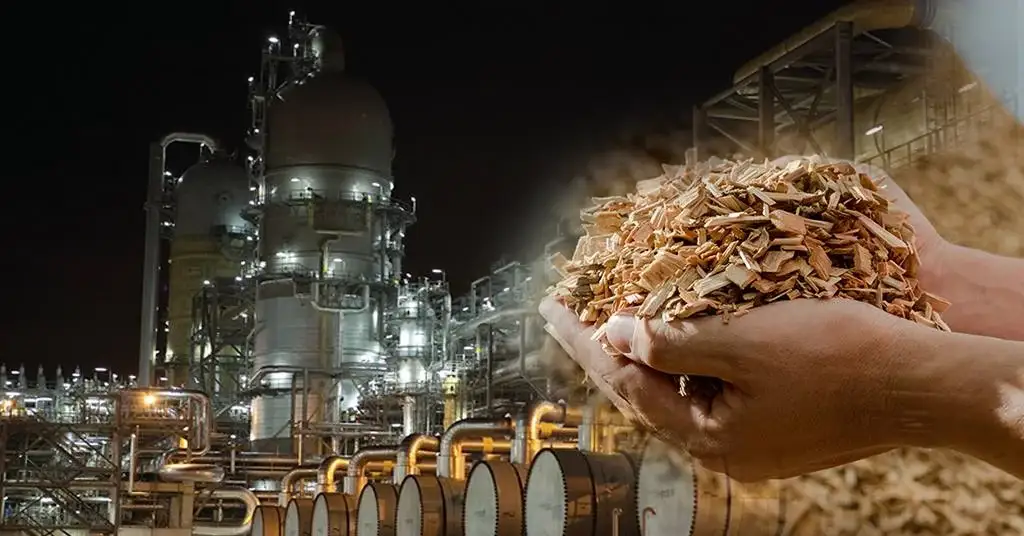Welcome To ChemAnalyst

The price of Caprolactam in the European market exhibited a sustained weakness, attributed to the stable status of its raw material, Benzene market. Further, the downstream textile industry remained stagnant and showed minimal movement over the past seven days, underscoring subdued demand from this sector. Moreover, the market exhibited ample supply to fulfill domestic needs, contributing to the decline in Caprolactam prices.
In the week ending on August 25, 2023, the recorded price of Caprolactam stood at approximately USD 2932 per metric ton on an FOB Hamburg basis.
In August, business activity within the Eurozone experienced a swifter contraction, with the economic downturn extending beyond the manufacturing sector to affect services. Both sectors observed declining output and new orders from Caprolactam end-users, with the goods-producing segment witnessing a notably sharper decline. The hiring rate approached a standstill, as companies exhibited greater hesitancy in expanding their operational capacity due to the worsening demand conditions and less optimistic outlook for the upcoming year, which reached its lowest point this year.
The demand for Caprolactam in the Eurozone exhibited a further deterioration. Inflows of new business experienced a decline for the third consecutive month in August. Notably, new orders for goods persisted in falling at one of the sharpest rates since the global financial crisis, coupled with a second consecutive month of worsening demand for services.
The worsening state of the order book significantly eroded business confidence regarding the outlook for the upcoming year. Firms also highlighted apprehensions about broader economic decelerations both domestically and in export markets, alongside concerns about the repercussions of elevated prices. As a result, companies' anticipated output levels for the forthcoming year experienced a continuous decline for the sixth consecutive month. These expectations plummeted to their lowest point since last December, further descending below the survey's long-term average.
In August, Caprolactam manufacturers persisted in significantly reducing their input purchases, aligning with the decreased production needs. This proactive approach further contributed to the notable depletion of their raw material inventories, a trend that has been historically observed. Similarly, there was a reduction in stocks of finished goods.
The diminished procurement of inputs by Caprolactam manufacturers relieved the strain on supply chains, resulting in a consecutive seventh-month improvement in average supplier delivery times.
Anticipations point towards a potential decline in Caprolactam prices within the Eurozone area, primarily influenced by the impact of elevated interest rates that have subdued demand for Caprolactam across various downstream sectors. In August, private sector firms in Germany expressed a sense of pessimism concerning the outlook for activity in the year ahead.
We use cookies to deliver the best possible experience on our website. To learn more, visit our Privacy Policy. By continuing to use this site or by closing this box, you consent to our use of cookies. More info.
